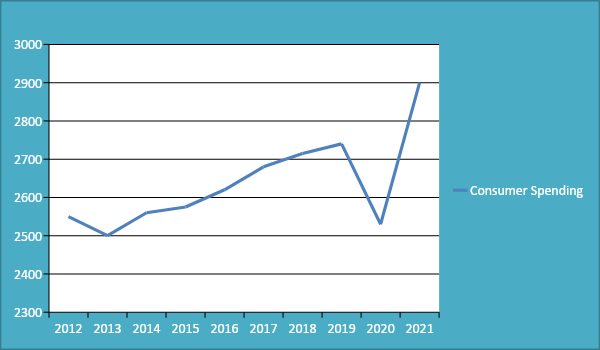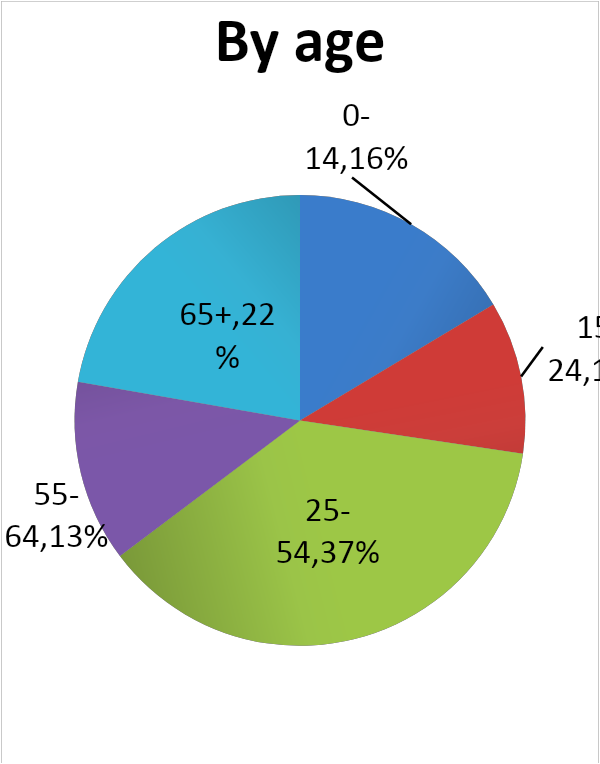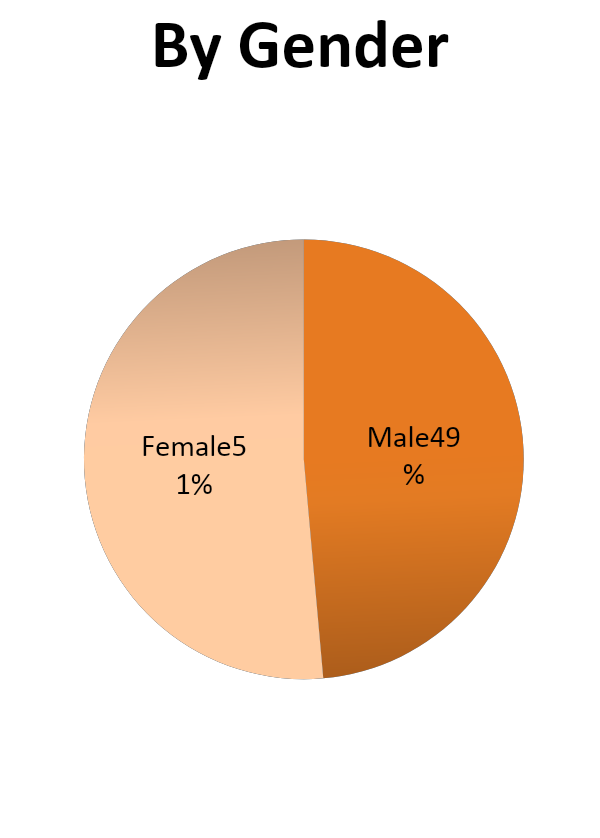Brief Market Description
Finland is a highly developed country with a relatively free market and significant industrialization. Finland has shown considerable economic growth during the last decade, providing numerous opportunities for both domestic and foreign investors. Digital market development is typical for a highly industrialized country with a strong economy. Hence, Finland has a well-established digital technology market with new niches emerging and consumer demand increasing. Such an increase is particularly relevant in terms of the consumer electronics market, which offers televisions, projectors, and monitors. The targeted market is estimated to produce approximately $350 million in revenue annually (Televisions – Finland: Statista Market Forecast 2021). Moreover, the market shows a stable growth of 1-2% annually for the last ten years. Even though the recent pandemic delivered a devastating blow to the global economy, the targeted market benefited from related restrictions. COVID forced people to stay and work at home, increasing the demand for televisions and particularly monitors.
The gaming industry also has a considerable influence on the consumer electronics market. The industry is growing exponentially, doubling its value during the past few years. The gaming industry in Finland showed record-breaking revenue of almost $3 billion and continues to expand. Such rapid development in the gaming industry increases the demand for both televisions and monitors. Furthermore, the above-mentioned pandemic restrictions had a positive impact on the gaming industry too. Even though there was a considerable revenue decline in 2020, the industry fully recovered and achieved unprecedented growth in 2021. Conclusively, Finland has a well-developed consumer electronics market, which offers numerous opportunities for emerging market players.
Demographic Profile
Finland is a relatively small country with a population of five and a half million. The median age is estimated to be 42,8 years in general, 41,3 years for men, and 44,4 years for women. The biggest age group is between 15 and 45, which may represent the targeted age group (Finland Demographics Profile 2021). Young people with decent incomes are the primary consumers of the electronics market. Finland is a highly urbanized country, with almost 85% of people living in cities and towns (Finland Demographics Profile 2021). Such high urbanization rates may also indicate that Finland is an attractive country in terms of digital technology export. Consumer spending in Finland is relatively high, with positive trends that offer business opportunities. As already mentioned, consumer spending decreased significantly during the pandemic. However, the Finnish economy fully recovered in 2021, increasing consumer spending to almost $35000 million in the first quarter of 2021 (Finland Consumer Spending 2021).




Availability of Infrastructure
As mentioned before, Finland is a developed country with a high standard of living, and hence it has a well-established infrastructure. Finland primarily relies on its efficient road and rail network, which maintains most domestic logistics. Even though Finland has rugged terrain and challenging weather conditions, it provided an adequate infrastructure that serves the needs of its citizens and domestic economy. Nonetheless, the railroad network is primarily developed in the southeast regions. These regions are more economically attractive, and hence the majority of businesses are located in the area. Even though Finland has an efficient domestic network, it may be challenging to deliver goods from foreign countries. There are 157 airports in Finland, yet most of them are small domestic airports with no international flights. The majority of export is delivered through Helsinki airport and by ships.
Finland also has an advanced power and communication infrastructure. Even though Finland relies on foreign electricity importing billions of kWh, its power system also uses reliable sources such as nuclear power. Finland has one of the most advanced telecommunication systems in the world. Therefore, it represents an attractive market for digital technology since the 1990s. The combination of well-developed logistics, sufficient and stable power systems, and advanced communication systems makes Finland highly attractive for digital businesses and consumer electronic businesses in particular.
Business Environment
Finland has a relatively free market with a rapidly growing economy and low corporate taxes. The corporate tax rate in Finland is 20%, which is one of the lowest tax rates in the EU (Autio, 2019). Finland has a transparent government and efficient state authorities. Moreover, there is an independent judicial system, which effectively maintains law compliance. The country has progressive legislation in terms of personal freedom and equality. The above-mentioned political and legislative factors make Finland a highly attractive country with a stable and predictable business environment. Even though the Finnish market is free and highly competitive, it offers numerous opportunities for both domestic organizations and foreign entrepreneurs. Nevertheless, there is a list of significant issues that should be considered by transnational companies before entering the Finnish market.
It may be challenging to successfully enter the market in Finland due to language barriers and cultural aspects. Although legislative frameworks are transparent and relatively straightforward, in many cases, the documentation is only available in Finnish. Moreover, most organizations provide their services in Finnish, and hence it is vital to address translation-related issues. Therefore, it may be essential to consult Finnish experts in order to introduce a comprehensive market entry strategy.
Reference
Autio, J. (2019). The basics of the business environment in Finland. Foreigner.fi.
Finland Consumer Spending. Finland Consumer Spending | 1975-2021 Data | 2022-2023 Forecast | Historical | Chart. (2021).
Finland Demographics Profile. (2021).
Televisions – Finland: Statista Market Forecast. Statista. (2021)..
Vihriälä, V. (2017). The Finnish Economy. The economic state of the Baltic Sea region, 18.